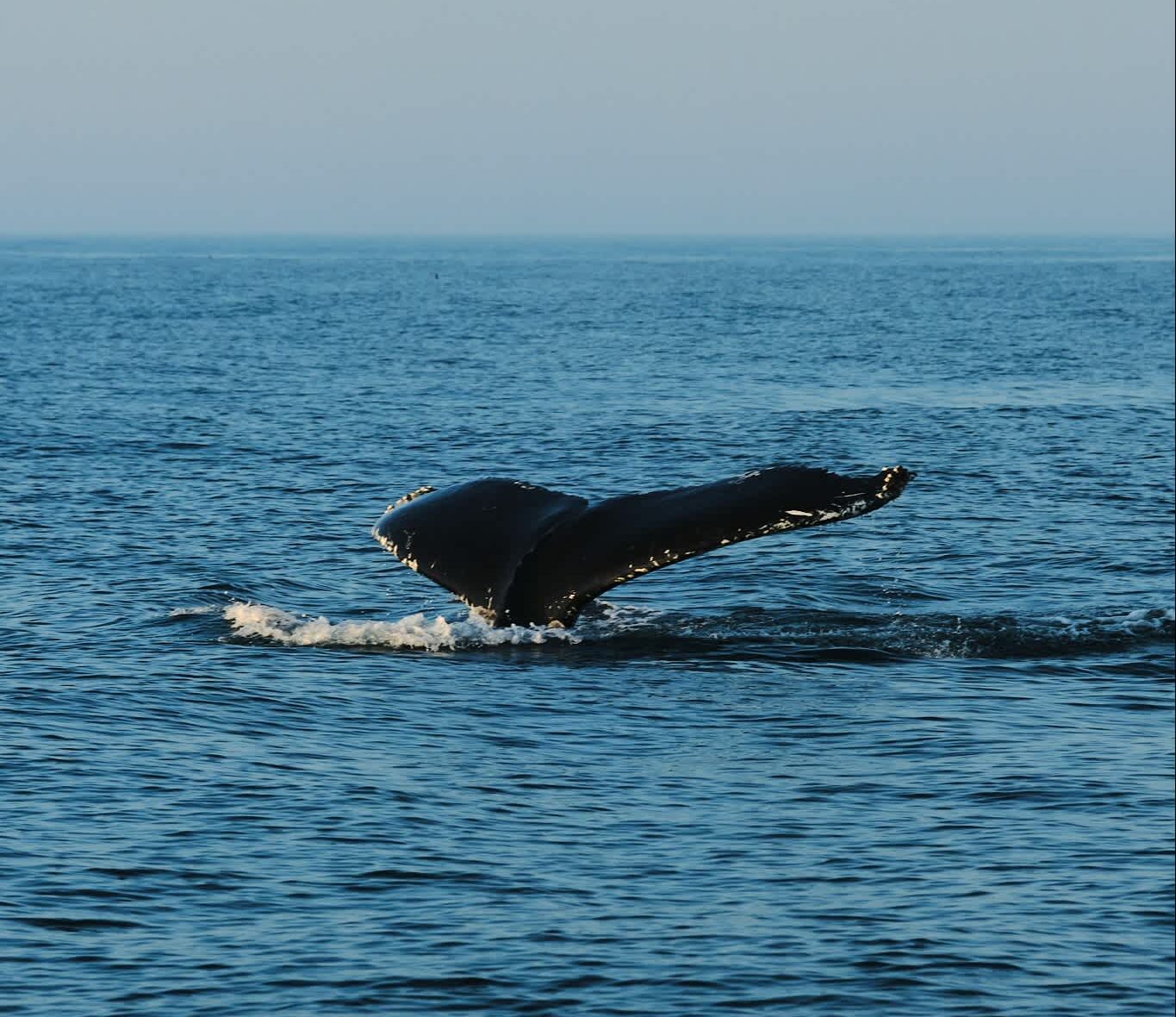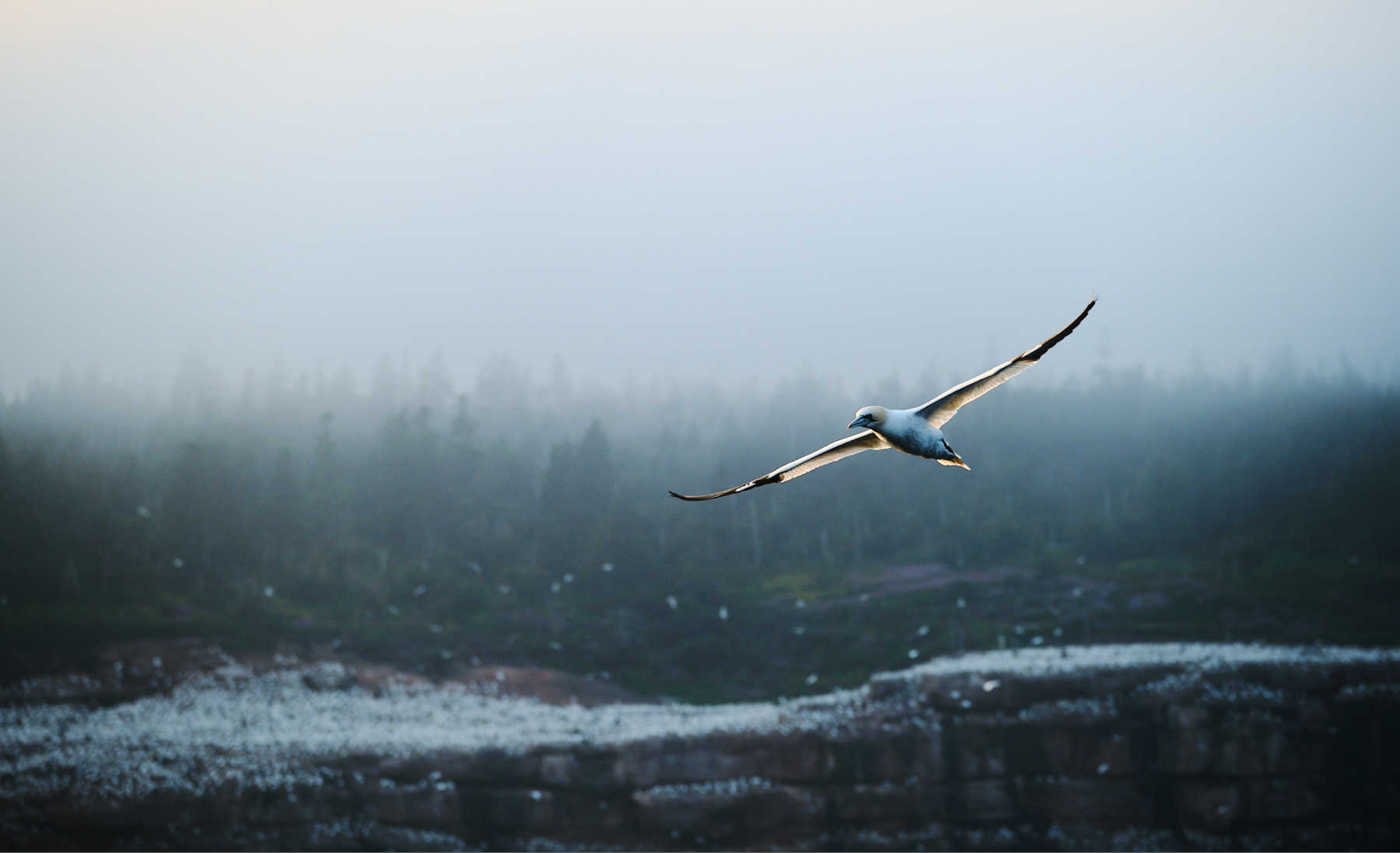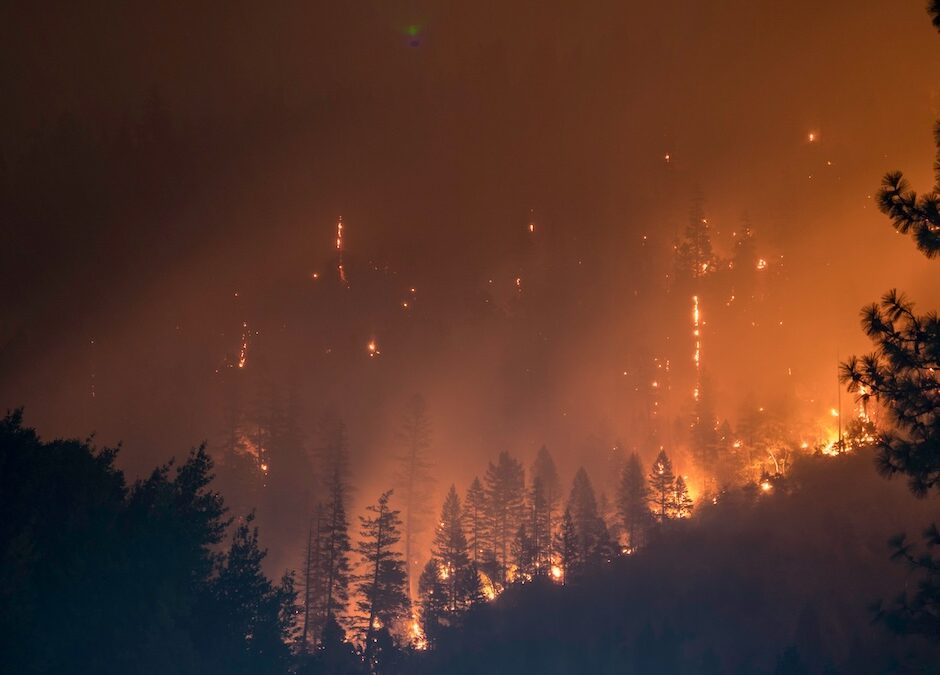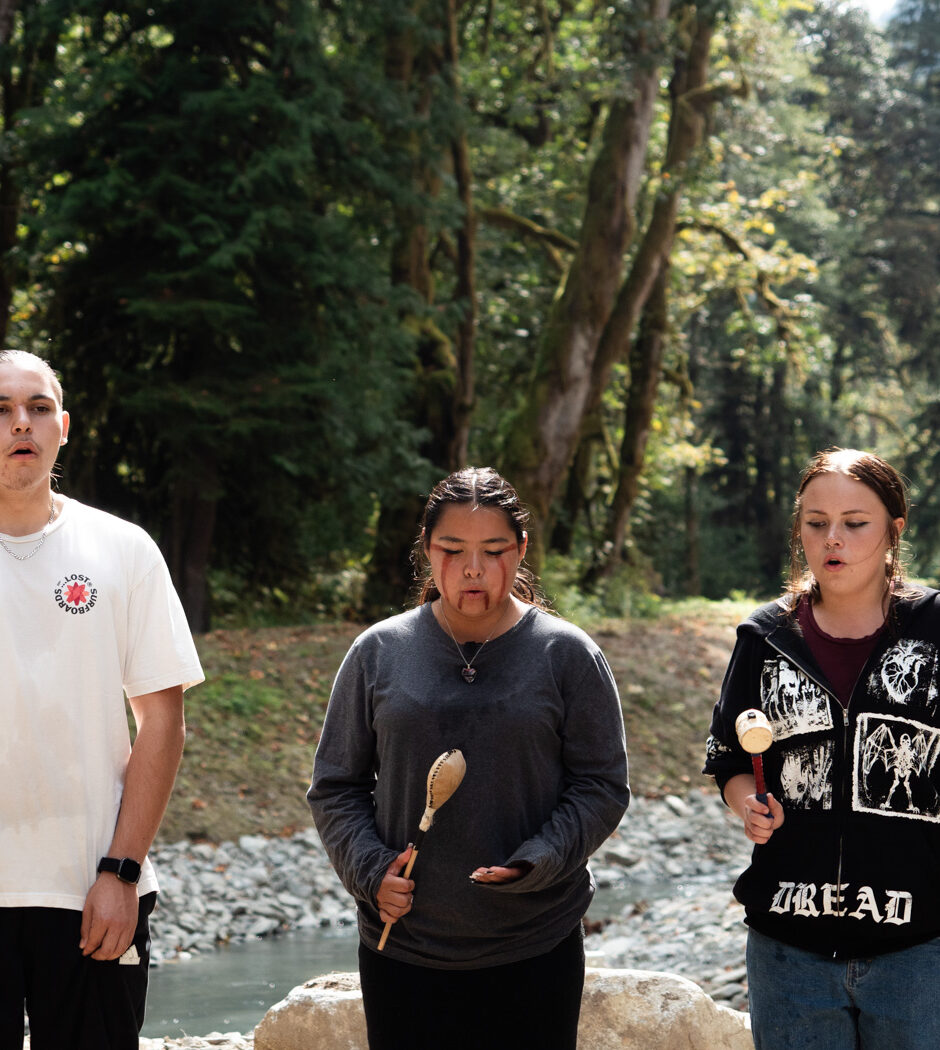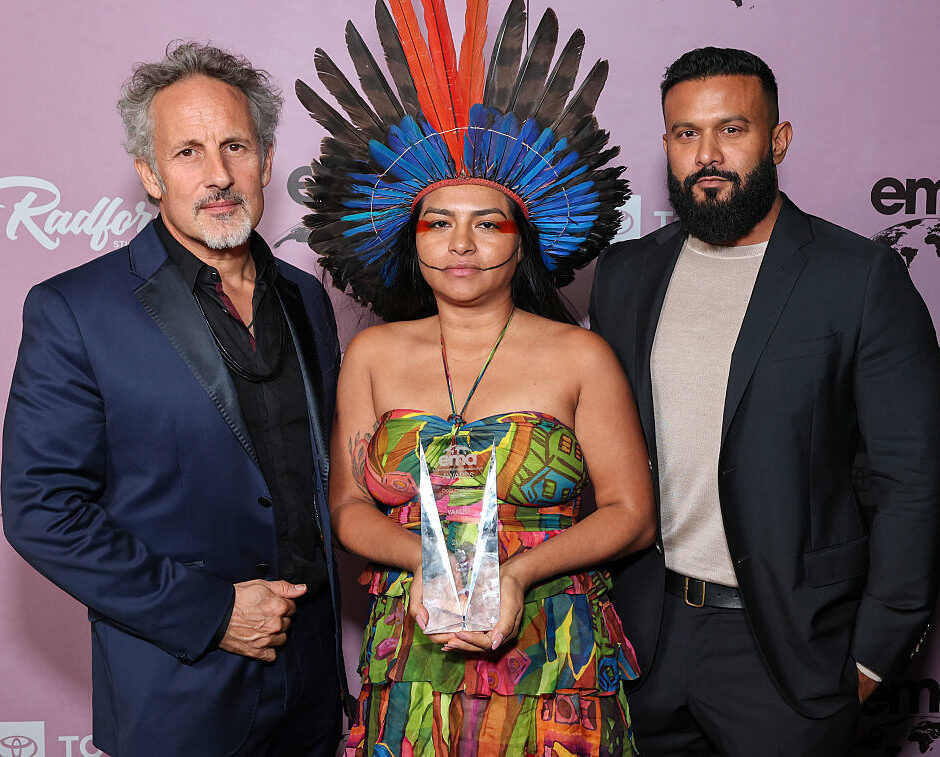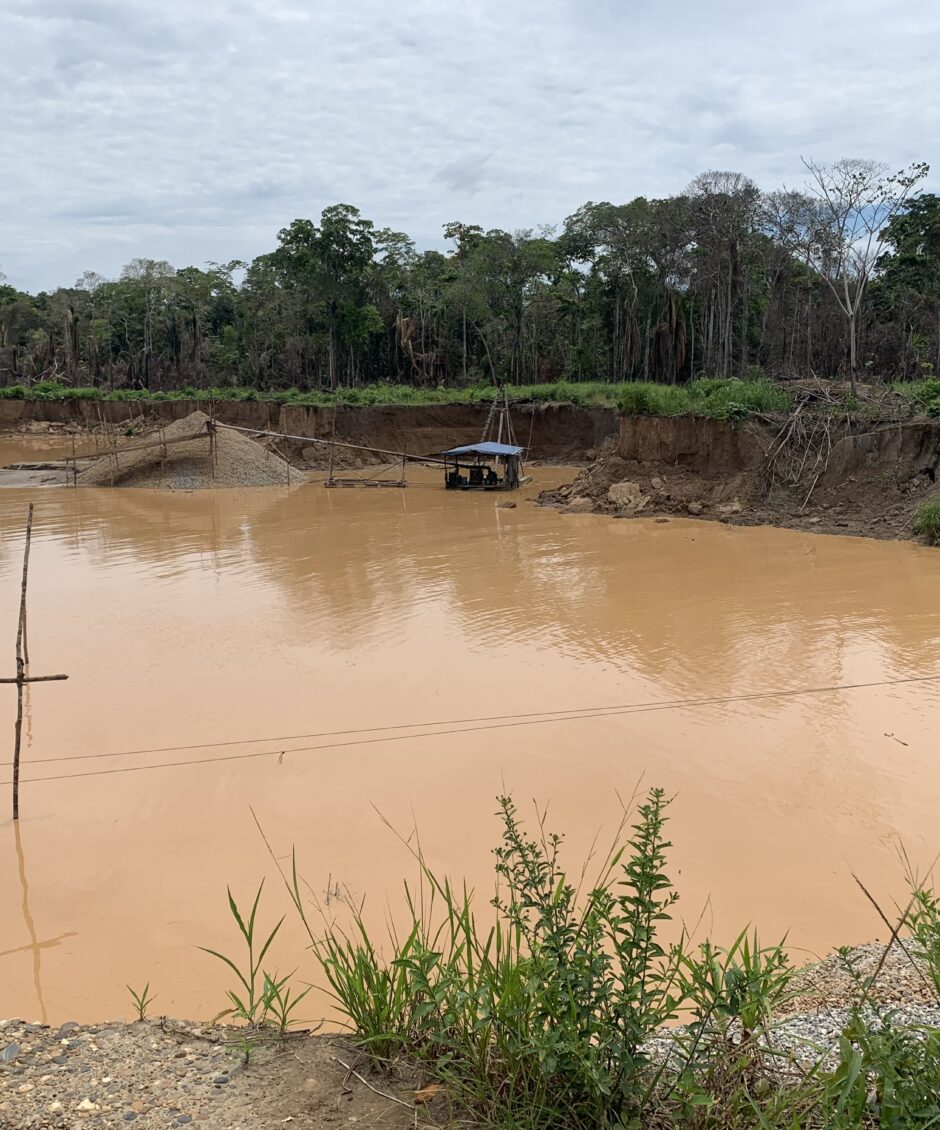St. Lawrence River Odyssey: The Story of a Crucial Partnership for Nature
Article
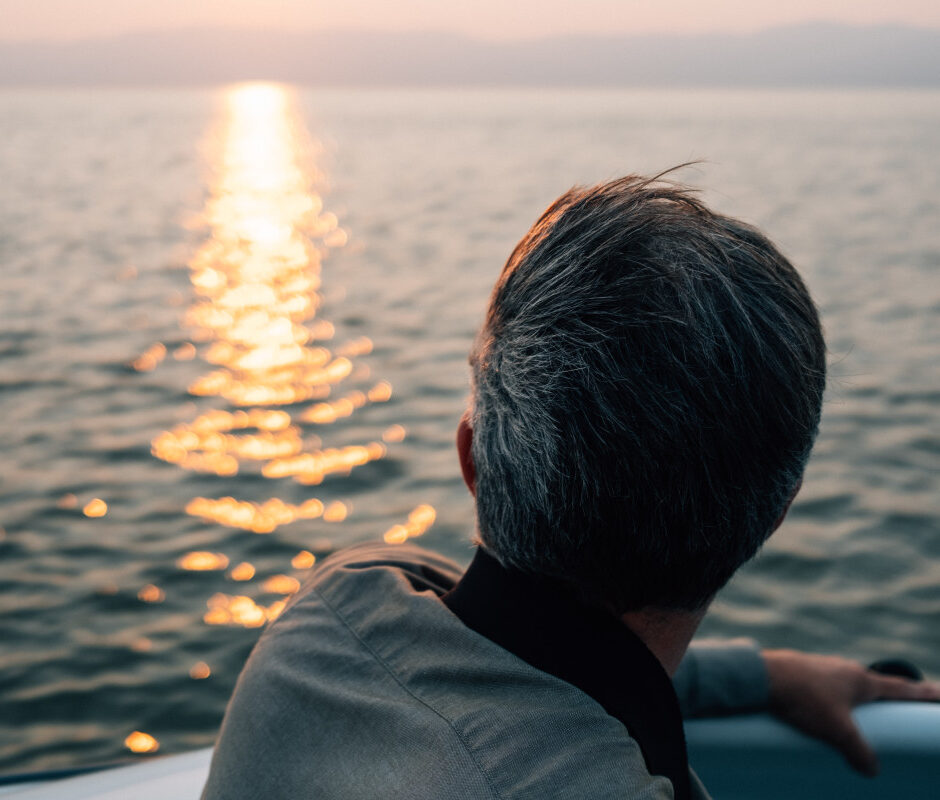
Nature has a way of showing us what is important without ever having to say a word.
Topics
In September 2020, Dax Dasilva and I found ourselves on an odyssey down the St. Lawrence River, journeying through ecosystems as unique as you and I. We began at the delta of the St. Lawrence River, at the head of lake St. Pierre. We were only an hour’s drive east of Montreal, but it was as if we were in a new world.
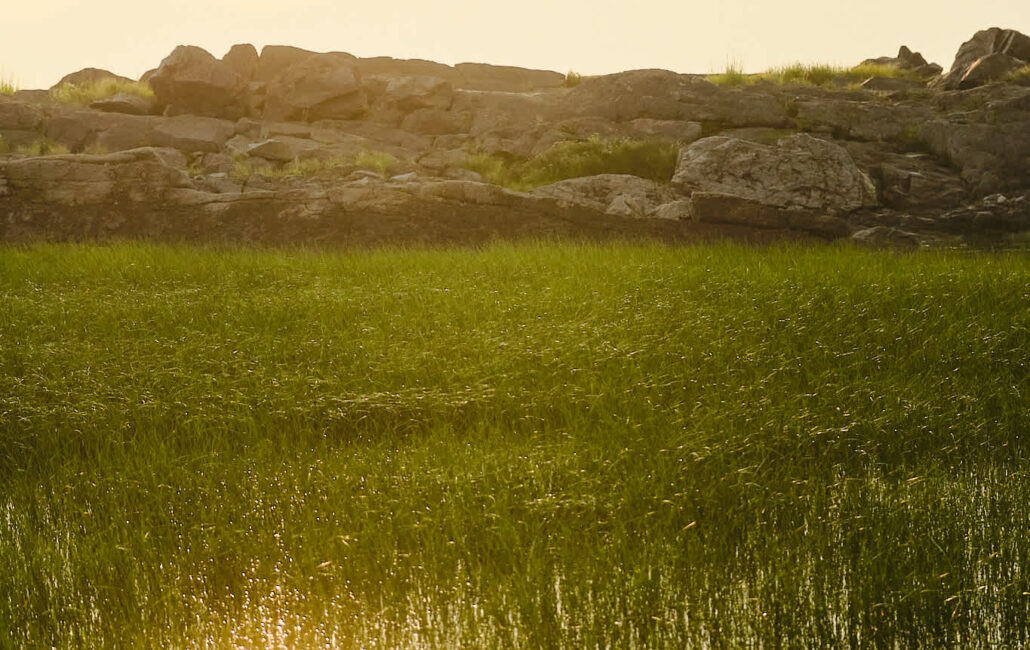
There are more than a hundred islands, some untouched by human hands. Century-old trees rise majestically overhead, their bark scarred with the marks of past spring flood waters. These gentle giants have adapted to survive extreme flooding. Is this a warning? Yet, at the same time, from their hollow hearts to the tips of their tallest branches, they continue to ooze wildlife. Perhaps it’s a sign of hope.
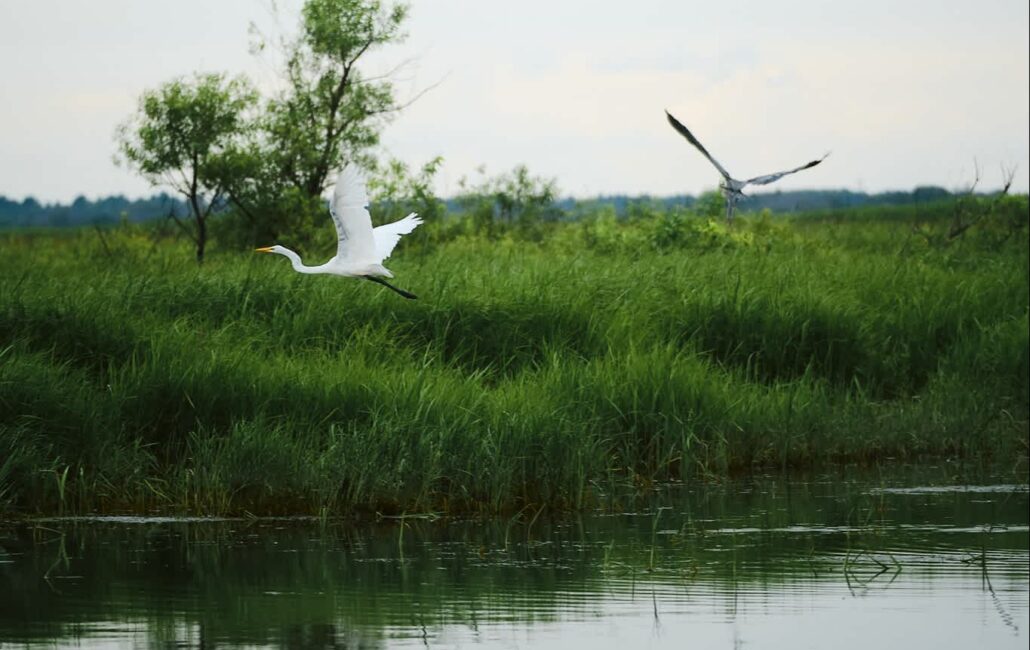
Great blue herons are everywhere, standing statuesque along the shore, waiting for prey or in flight, gliding just in front of our boat. With their blue-grey hue, pointed beak and thin neck, long legs and wide wings, they are one of our largest and most spectacular wading bird species. The largest roosting colony of herons was founded here in North America several centuries ago. They fished alongside the people of the First Nations. The first European settlers who came here 400 years ago described these magnificent winged creatures as almost Jurassic-like. Our world has changed drastically since then, and the herons and the flood marks on the trees continue as gentle reminders that, in some ways, river life hasn’t changed much since humans made their way upstream for the first time.
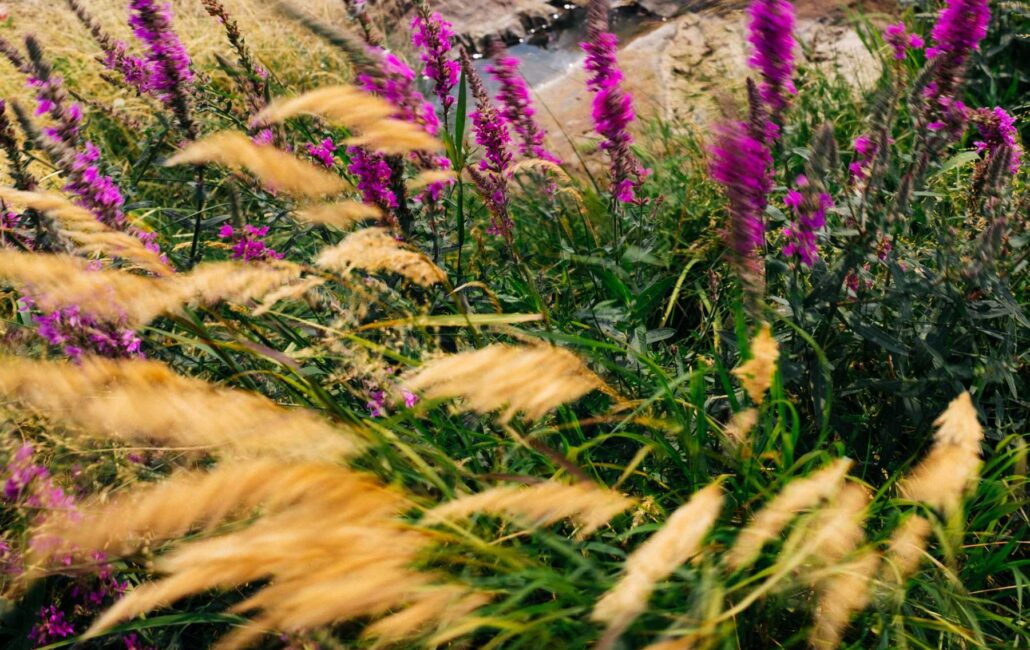
Flooding has been extreme during the last decade, breaking century-old records. I wonder if people will remember these events a century from now: will they also study the water marks on the trees? Dax and I reflected on this as our boat threaded through the small channels of the vast prairie of emerging wild rice and sedges in the shallows at the end of the islands. Scientists and biologists call these wetlands the kidneys of the St. Lawrence, filtering the water as it flows downstream. Nearly 20% of the world’s freshwater flows through the St. Lawrence River to the ocean. It takes 300 years for a drop of water to go from the source of the great lakes to the ocean. Scientists know that we must take care of those kidneys so they continue this vital function. Thankfully, the Age of Union is helping to protect these wetlands, islands, and shorelines so that these natural habitats can continue to play their role in buffering floods, filtering our drinking water, and sustaining fish and other wildlife.
Climate change is global and accelerating. Fortunately, people like Dax understand the delicate balance of life and that each of us can make a difference. The Nature Conservancy Canada (NCC), supported by Age of Union, and thousands of concerned individuals, are undertaking important restoration work along the St. Lawrence River by cleaning areas, reforesting flood plains, and opening channels for spawning fish.
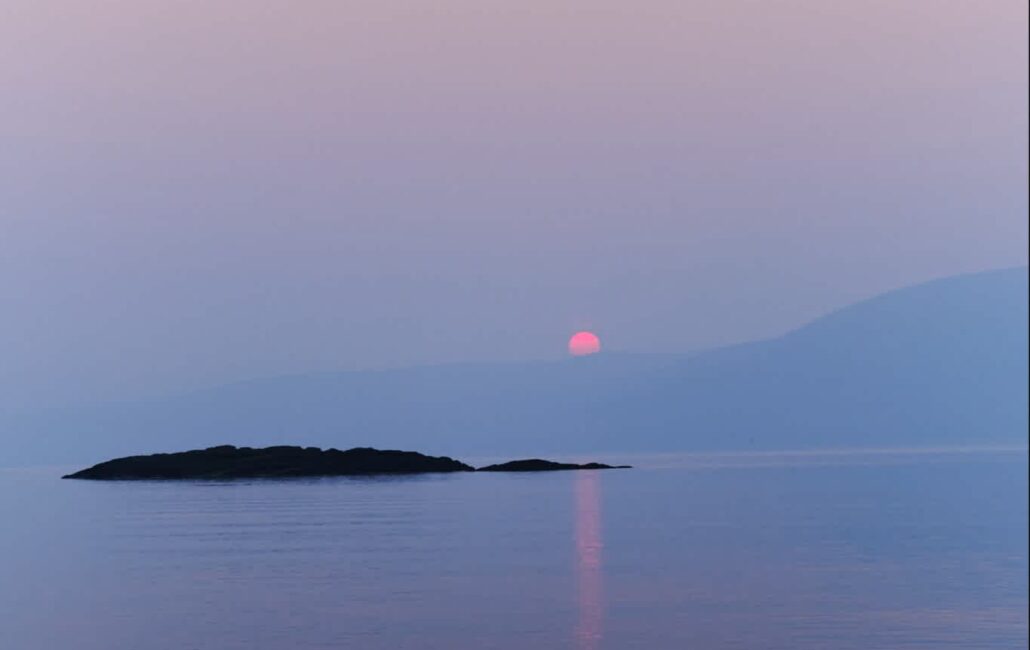
Just for a moment, think about how water intersects with your daily life: as you sip your morning tea or coffee, wash dishes, or water the plants on your balcony or in your garden. It likely came from these same waterways Dax and I travelled on. I agree with Dax that we can all be leaders in caring for nature, and I urge you to look at nature as an enduring partnership. I have seen first-hand the power of people: landowners who work with NCC to preserve land, farmers who opt for practices that give back to the land they till, and people like you and I who volunteer to plant trees and clean up our waterways.
Age of Union is making it possible to see more clearly the part we all play in caring for nature. Together, we can make it our daily commitment. Even fixing a dripping tap or taking a shorter shower in the morning can help. I hope you, too, get the opportunity to experience this beautiful river for yourself and understand more clearly than ever that nature deserves our deepest respect and enduring care.
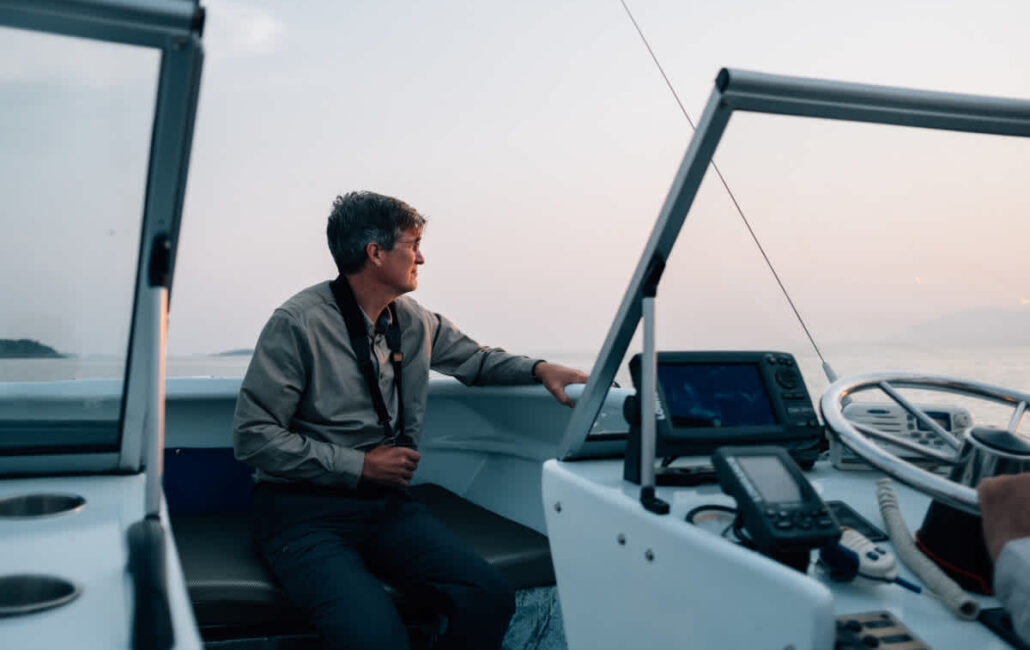
Credits
Photos 1, 2, 4, 10: Olivier Jobin
Photos 3, 5, 6, 7, 8, 9: Jeremie Aubut.
Topics
Article written by
Joël Bonin
Joël Bonin is a former biologist and Associate Vice-President, Business Development and Communications of Nature Conservancy Canada for the Quebec region. The Nature Conservancy of Canada is a national charity with the mission of protecting natural habitats in partnership with Canadians: from land-owners and land-users, to individuals, corporations and communities. Over the last 50 years, along with local stakeholders, NCC has acquired and protected the largest number of Islands ever on the St. Lawrence River. Thanks to the support of the Age of Union we are protecting more and restoring more habitats that will benefit people and wildlife for generations to come. If you’d like to get out into nature and help, check out NCC’s Conservation Volunteers program.
Related
articles
America, Asia, News
What More Intense Wildfire Seasons Mean For People and the Planet
America, Project
Uniting Katzie Indigenous Knowledge and Science to Restore the Pitt River Watershed
Project
More articles
News
Age of Union Marks 4 Years of Global Conservation Wins As COP30 Commences in Brazil
News, Other
‘Echoes from Eden’ Book Tour Connects Readers to Urgent Stories of Conservation
Explainer, South America
In the Amazon, Gold Mining Leaves a Toxic Trail
America, Asia, News
What More Intense Wildfire Seasons Mean For People and the Planet
Film
